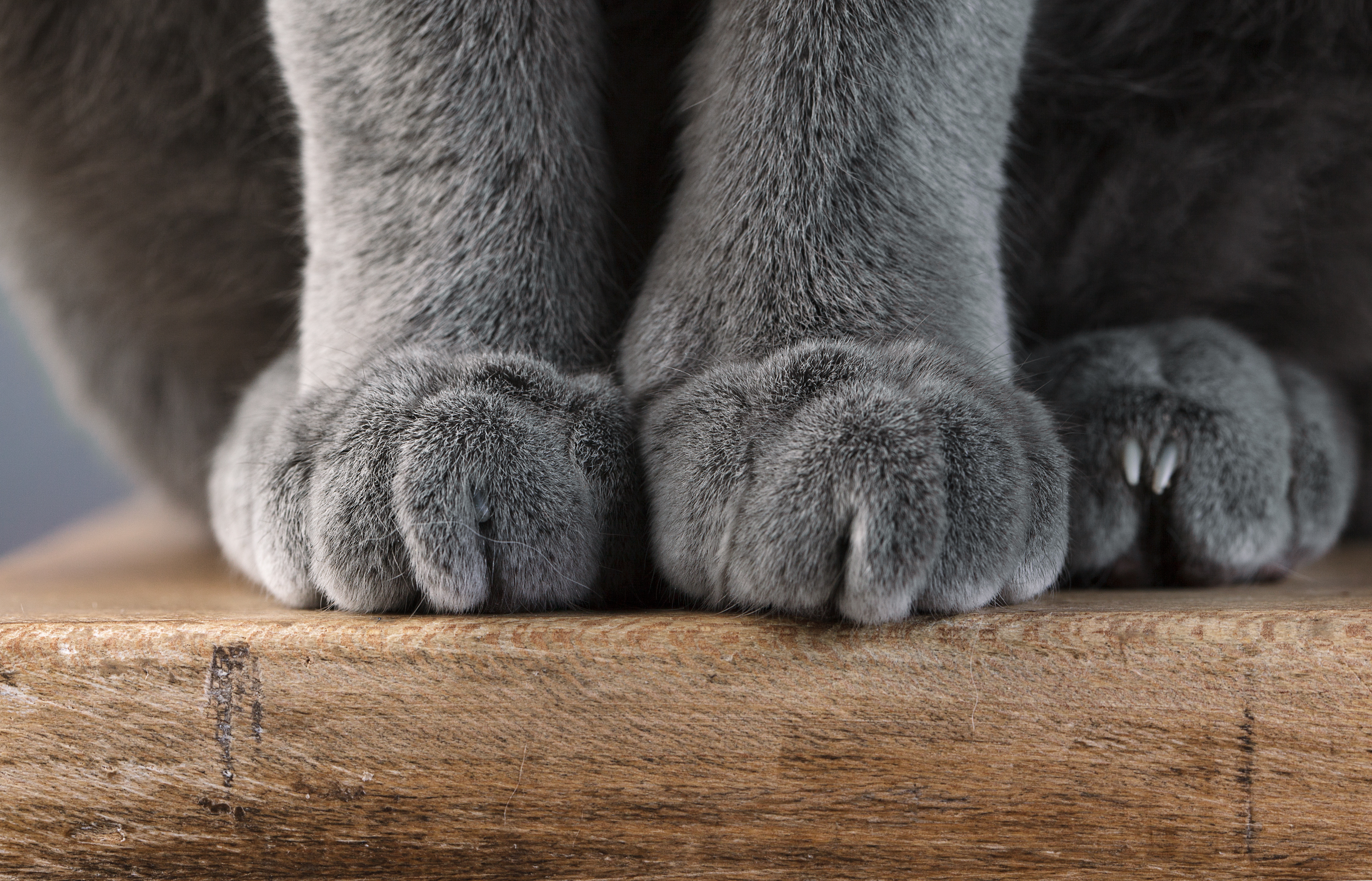Cat litter trends in the US

Cat litter sales in the US market are projected reach $2.76 billion (€2.35 billion) by the end of 2017. For the period between 2012 and 2016, Packaged Facts estimates a 3.6% CAGR (compound annual growth rate).
Slowing down
Because cat litter is a mature category drawing a very high percentage of cat owners, its advancement depends largely on growth in the number of cat-owning house…
Did you think it would be this easy? Nope! Just register. It’s free! Lorem ipsum dolor sit amet, consectetur adipiscing elit. Ut cursus turpis vel cursus ullamcorper. Sed ante mi, finibus eget porttitor a, tincidunt ac dolor. Vivamus ornare semper lorem, consequat commodo lectus elementum vitae. Cras id mattis urna. Donec rutrum dignissim lacinia. Duis ultricies sapien at ipsum tincidunt.
Sed in iaculis elit, sit amet convallis felis. Pellentesque non justo lectus. Donec sollicitudin lorem in sapien euismod varius at vitae mi. Maecenas ut elit ac risus consectetur vulputate. Praesent vel orci ante. Curabitur egestas dapibus nisi ac laoreet. Nullam a lacinia libero, non fringilla nisl.
You’re out of free articles,
register for unlimited access
